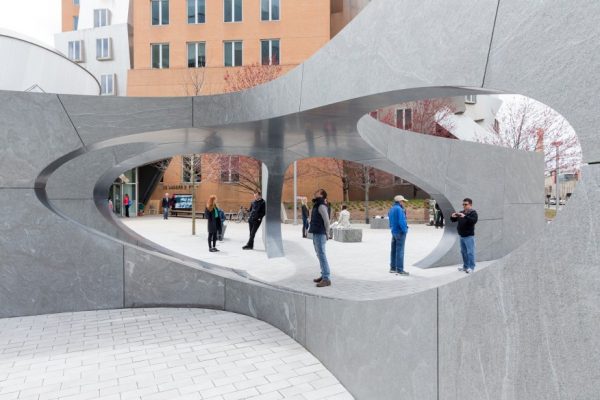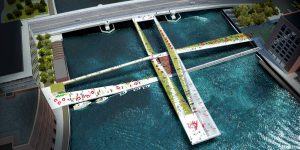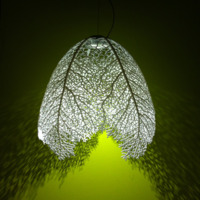Meejin Yoon
Meejin Yoon is a current professor and department head of architecture at MIT. She received her bachelor of architecture at Cornell and master of architecture in urban design at Harvard. She is also the co-founder of two studios in Boston. A lot of Yoon’s work focuses on interactive public space projects “that bridge issues of technology and play in the public sphere.” Yoon seems to smoothly and effectively blend the appropriate technology and architecture that align with the specific purpose and context of each project. The visuals that she uses in her presentation are mostly full-sized images, animations of the designs, and videos of her works in action. The transitions are smooth and she gives off an overall humble impression.

Out of all her projects, I really admire her “Collier Memorial” in memory of Sean Collier, an officer who was shot in the MIT campus immediately following the Boston Marathon bombings. Yoon initially had a lot of reservation because she was not used to dealing with metaphors and meaning in contemporary architecture. However, she successfully synthesized the ideas that were submitted from the open call, took the essence of these ideas, and produced a meaningful, beautiful memorial through a long, iterative process.
![[OLD FALL 2018] 15-104 • Introduction to Computing for Creative Practice](../../../../wp-content/uploads/2020/08/stop-banner.png)


